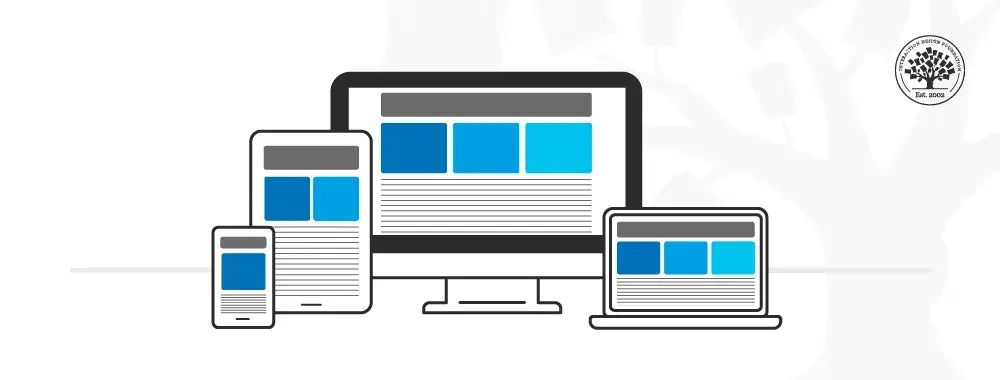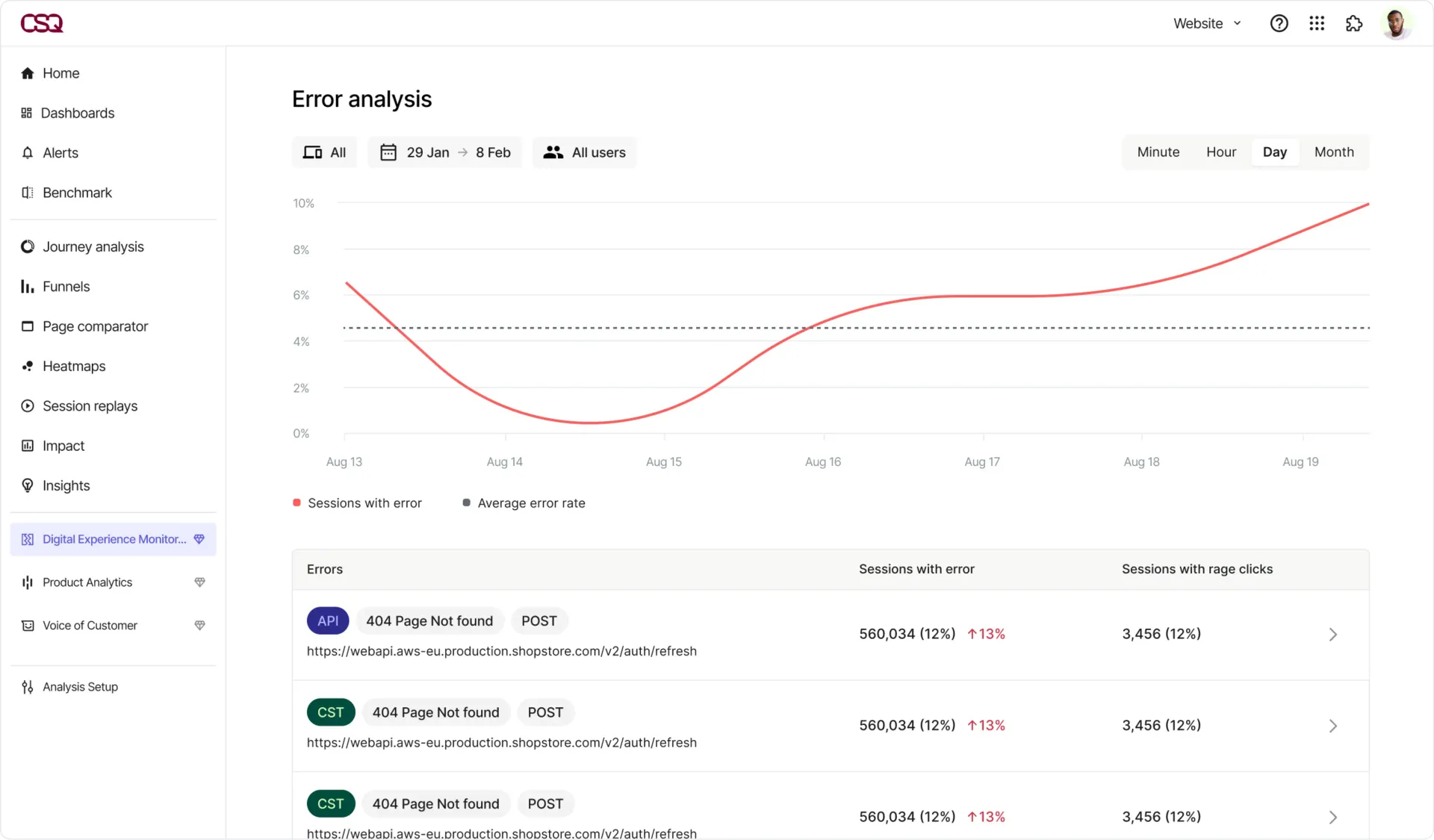How to Optimize Your Website for Accessibility
In today's digital age, ensuring your website is accessible to everyone is not just a good practice—it's essential. Accessibility involves designing and developing websites that can be used by people with disabilities, including those with visual, auditory, cognitive, or motor impairments. By optimizing your website for accessibility, you not only comply with legal requirements but also enhance the user experience for all visitors.
Photo By: Interaction Design Foundation
Why Is Accessibility Important?
Accessibility is crucial for several reasons. Firstly, it ensures that everyone, regardless of their abilities, can access and interact with your website. This inclusivity can significantly enhance your brand reputation and broaden your reach.
Secondly, an
accessible website is often more usable for everyone, including people without disabilities. By focusing on clear navigation and intuitive design, you improve the overall user experience.
Lastly, accessibility can impact your
SEO. Search engines favor websites that provide a better user experience, which often aligns with accessibility guidelines.
Understanding What Makes a Good Website
A good website is one that provides a seamless experience for all users. This involves ensuring that the website is easy to navigate, visually appealing, and informative. But most importantly, it should be accessible to everyone, regardless of their abilities.
Key elements of a good website include:
- Clear Navigation: Users should easily find what they're looking for without excessive clicking or scrolling.
- Fast Load Times: A slow website can frustrate users and increase bounce rates.
- Responsive Design: Your website should work well on all devices, including desktops, tablets, and smartphones.
- Accessible Content: Text, images, and multimedia content should be accessible to all users, including those using assistive technologies.
Website Optimization Techniques for Accessibility
There are several techniques you can employ to optimize your website for accessibility. Here are some key strategies:
Conduct an Accessibility Audit
An accessibility audit is a thorough review of your website to identify areas that need improvement. This audit will help you understand how your site performs in terms of accessibility and what changes are necessary.
- Manual Testing: Test your website using screen readers and other assistive technologies to ensure it can be navigated easily by users with disabilities.
- Automated Tools: Use automated tools like WAVE or Axe to identify accessibility issues. These tools can provide a quick overview of potential problems but should be used alongside manual testing.
Implement Accessible Web Design
Accessible web design involves creating websites that are usable for all people. Here are some design principles to consider:
- Color Contrast: Ensure there is sufficient contrast between text and background colors to make content readable for users with visual impairments.
- Font Size and Readability: Use legible fonts and allow users to adjust text size for better readability.
- Keyboard Navigation: Ensure that all website functions are accessible via keyboard shortcuts, as some users may not be able to use a mouse.
- Alternative Text for Images: Provide descriptive alternative text (alt text) for all images to help users with visual impairments understand the content.
Enhance User Experience with Accessible Features
Improving accessibility often enhances the overall user experience. Here are some features to consider:
- Descriptive Links: Use clear and descriptive text for links to help users understand where they lead.
- Captions and Transcripts: Provide captions for videos and transcripts for audio content, making them accessible to users with hearing impairments.
- Consistent Layouts: Use a consistent layout and design across all pages to help users navigate your site more easily.
Local Business Website Design Considerations
For local businesses, optimizing your website for accessibility can help you connect with a broader audience in your community. Consider the following:
- Local Language and Cultural Sensitivity: Ensure your content is culturally sensitive and available in the languages spoken by your target audience.
- Easy Access to Contact Information: Make it easy for users to find your contact details and location information.
- Mobile-Friendliness: Many local users may access your site via mobile devices, so ensure your website is responsive and mobile-friendly.
Photo By: Content Square
Steps to Conduct a Website Accessibility Optimization
Optimizing your website for accessibility is an ongoing process. Here are some steps to guide you:
Step 1: Assess Current Accessibility
Begin by assessing your current website to identify accessibility issues. Use both manual testing and automated tools for a comprehensive evaluation.
Step 2: Prioritize Changes
Once you have identified accessibility issues, prioritize the changes based on their impact on user experience. Focus on fixing the most critical issues first.
Step 3: Implement Changes
Work with your web development team to implement the necessary changes. Ensure that accessibility is considered in all aspects of design and development.
Step 4: Test and Refine
After making changes, test your website again to ensure that issues have been resolved. Continuously refine your site to address new accessibility challenges.
Step 5: Educate Your Team
Ensure that everyone involved in website development understands the importance of accessibility and is trained in best practices.
Conclusion
At Quantifi Media, we believe that optimizing your website for accessibility goes beyond mere compliance—it's about delivering an exceptional experience for all users. By conducting regular accessibility audits and implementing effective website optimization techniques, we can ensure your site is not only accessible but also enhances user experience for everyone.
Accessibility is crucial for building a brand that resonates with a diverse audience and fosters inclusivity. Adopting practices like accessible web design and prioritizing user-friendly features will empower you to expand your reach and strengthen your community ties, especially for local businesses.
As you embark on this ongoing journey toward accessibility, it's vital to stay informed about the latest standards and continually refine your website. Ready to take your website to the next level?
Contact Quantifi Media today for expert guidance in website accessibility optimization and let us help you create a welcoming digital space for everyone!
Share this blog!






